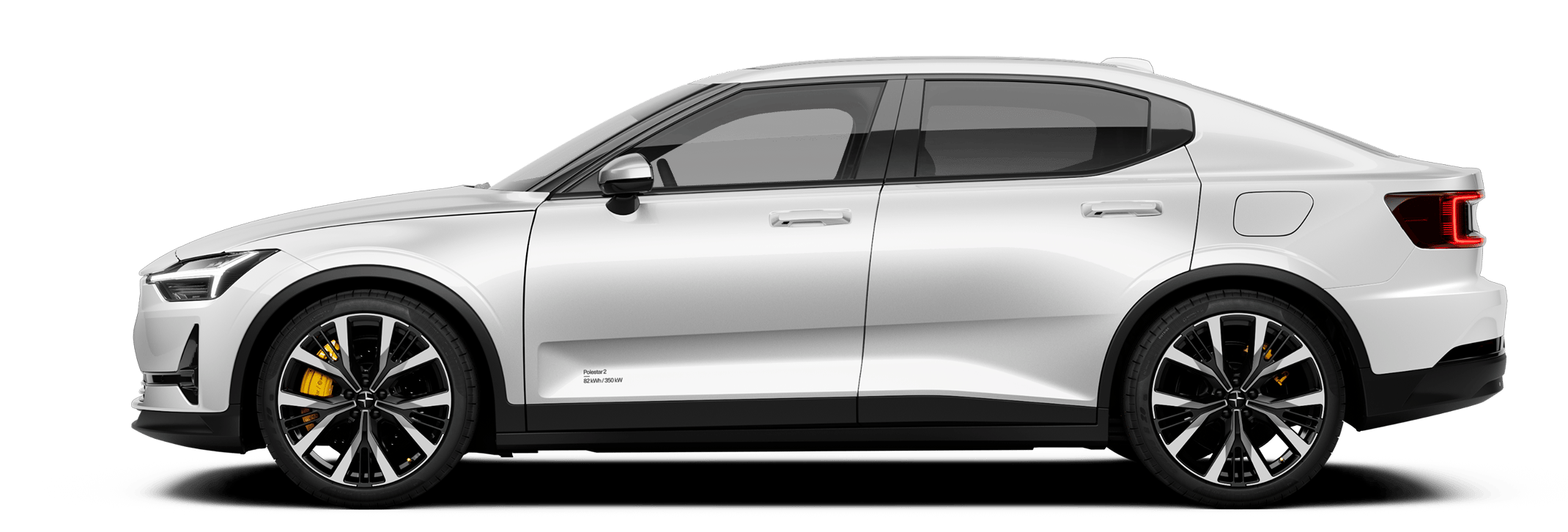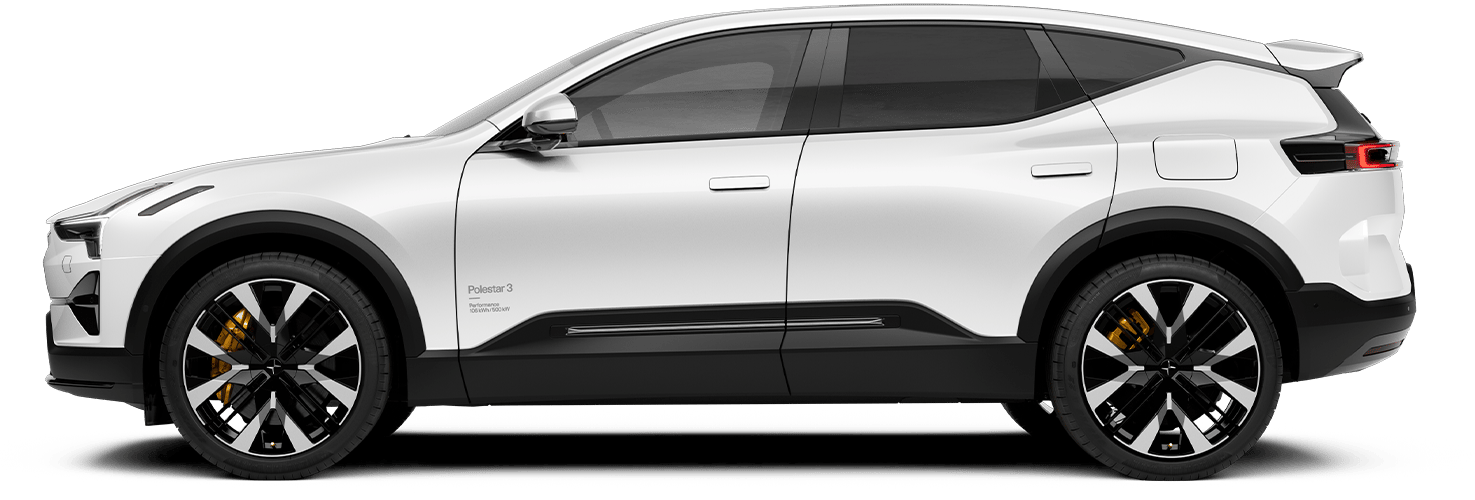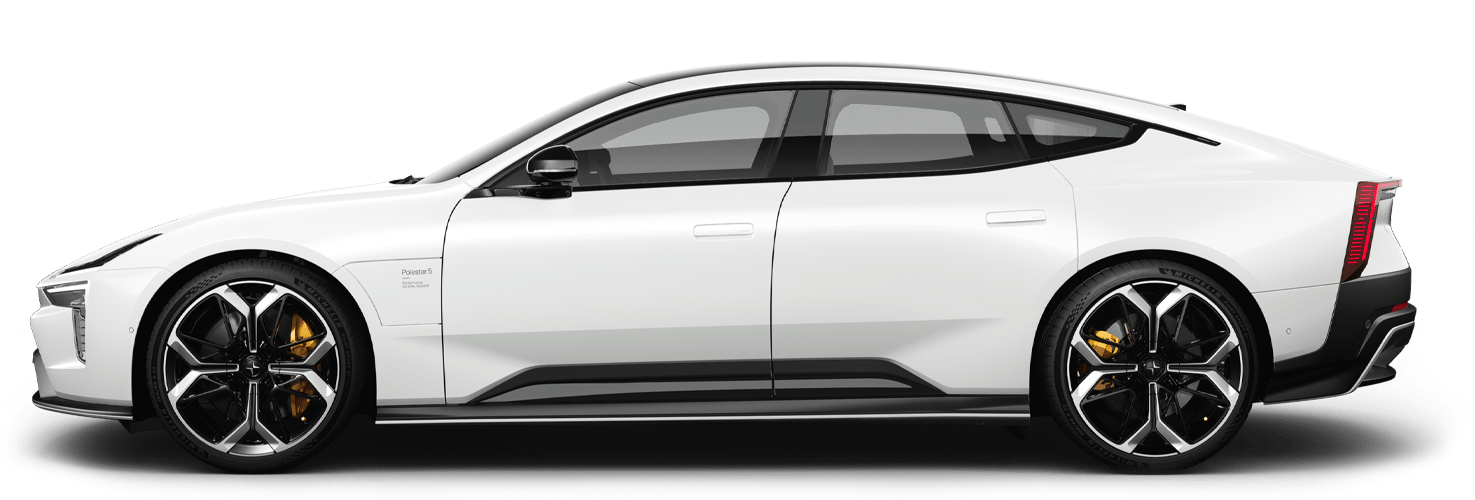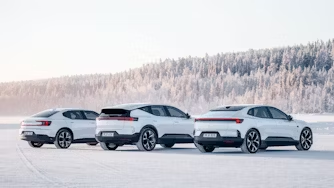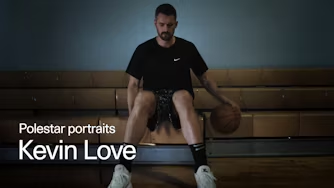Kindred spirits: CAKE
CAKE is a Swedish electric motorcycle brand, encouraging respectful, exciting, emission-free exploration of the outdoors. We recently spoke with founder and CEO Stefan Ytterborn about electric drivetrains, premium versus luxury, and using electric motorcycles to combat poaching.
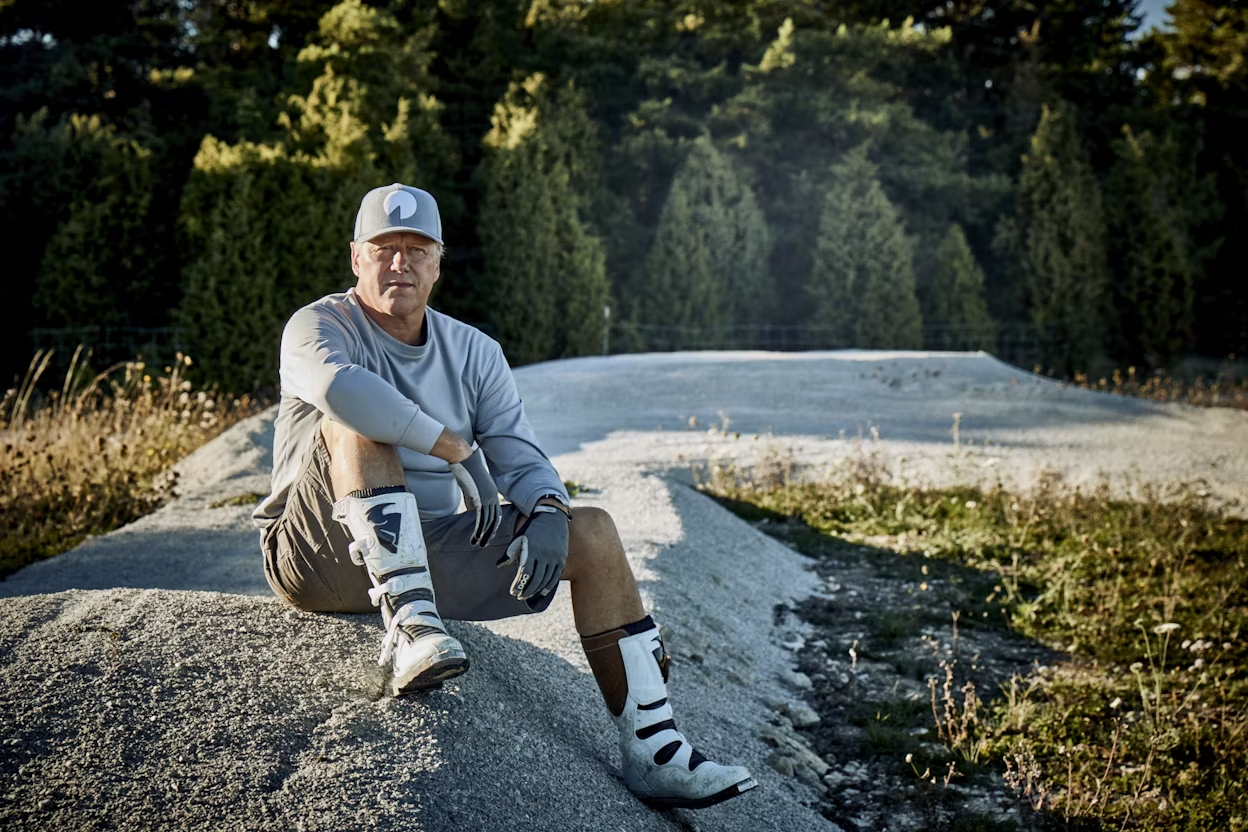
Congratulations on the Red Dot Design Award!
Thank you so much! It’s always nice to be recognised.
How did CAKE come about?
A couple of years ago at the ISPO show in Munich, I encountered an electric off-road motorbike for the first time. I pretty immediately understood that this technology was going to flip the motorcycling world upside down. It represents the opposite of what traditional motorcycling culture represents: instead of being aggressive, dirty, high maintenance and so on, it’s inclusive, easy to ride, and it doesn’t pollute. The learning curve is immediate. It changes the market matrix of who’s riding a bike and it promotes a change in society in terms of cleanliness and caring for the environment. I also wanted to come out with a product that optimises the character of the electric drivetrain rather than what everyone else was doing at the time (and is still doing), which is pretty much just swapping a combustion drivetrain with an electric drivetrain and keeping everything else the same. That’s where I started. New technology bringing new meaning to the market, from a personal preference point of view as well as for society as a whole. With my experiences in product development, design, communication, it all came together, and I was like “I have to do this”.
What is CAKE’s philosophy, in a nutshell?
Our ambition, beyond anything else, is to inspire the market towards a faster transition from combustion to electric. We all need to contribute somehow towards supporting the well-being of the planet. I’m a bit of a naturalist, and a bit of a romantic when it comes to the outdoors. And that’s the beauty here. We have the opportunity to combine something that actually promotes excitement with making a positive difference.
Do you feel that minimalism is a natural extension of this new definition of premium?
To me, minimalism as a concept could be discussed and tweaked. I think it comes as a natural extension of the philosophy that we have here at CAKE, which is avoiding doing unnecessary stuff, and everything that needs to be there in regard to the specific functionality is taken care of with elegance, subtlety, talent and competence. Then, all of those simplistic details become art because they’re being elevated to a new level.
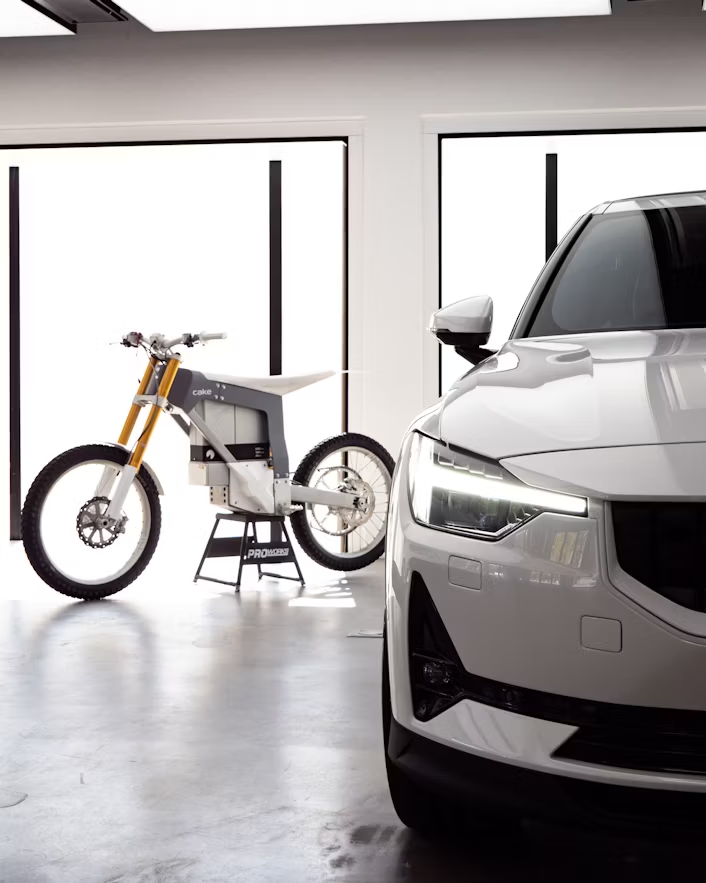
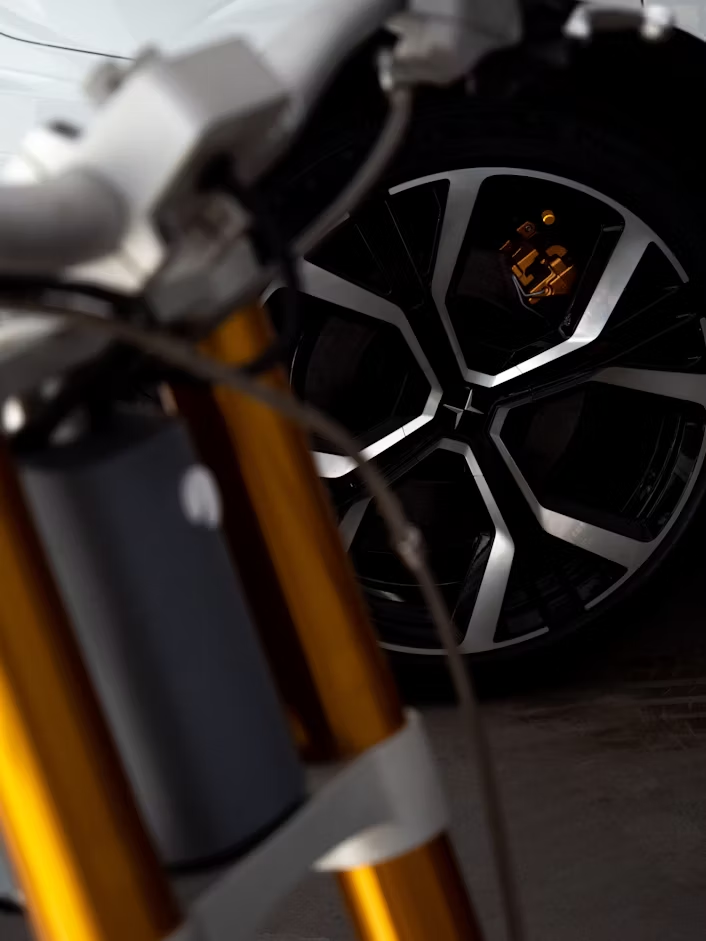
We need to stay humble and try to educate the market about how we address the challenges that we face on the road to an electric future.
CAKE and Polestar share a love of minimalism, along with a similar design aesthetic. What other things do the two brands have in common?
The way both brands redefine premium. It’s really important to distinguish between premium and luxury, for instance. Luxury is shallow. It’s expensive for no reason. It doesn’t need to be functional or innovative. It’s stagnant, a thing of the past. It still exists, but I’d say that the conscious market these days aspires to premium because it has really interesting cornerstones that make it premium. The first cornerstone is that it has purpose. Together with that, it needs to have functionality, it needs to be innovative, and it has a deliberate design in that its appearance represents its functionality and innovation. Those aspects together define the concept of premium. In the car industry there are some great examples, Polestar being the most evident one.
What made Polestar a brand that CAKE wanted to collaborate with?
That was easy. Thomas (Ingenlath, Polestar CEO) and I sometimes have meetings where we end up praising one another’s work. Of course, there are a number of reasons. We share a rational attitude towards making excellent and beautiful things, but there’s also an alignment in values between our two brands. I’m not pretentiously trying to compare a motorcycle with a car, which is much more complex, but in our attempts to change society, we came to similar conclusions without even speaking to each other. Things like collaborating with Öhlins, being one of the main competencies within suspension (and being a Swedish company). And also inviting the audience to products that are crisp and inviting, rather than being dark and exclusive. Automotive is a very vintage, romantic industry promoting things like “the sound of a V8”, just like the motorcycle industry. It’s not inclusive. When it comes to Polestar, however, I can see and feel that sense of inclusivity.
What can you tell us about Green Power?
What’s really important for us is not to brag about the fact that we produce electric vehicles, because when I look at an electric vehicle versus a combustion engine one, there’s not much difference in terms of sustainability. The important thing is that there will be. We need to stay humble and try to educate the market about how we address the challenges that we face on the road to an electric future. Battery cells, for instance, are being produced using coal power, and that’s not something we hide. We also want to encourage the market to do their homework and ensure that they use suppliers that support emission-free electricity. We do supply a solar panel solution, which was an amazing opportunity for us being a motorcycle company because you’d need a barn full of solar panels to charge a car. For us, we only need two standard-size solar panels to actually charge the bike, which you can charge daily if you’re travelling 22 km per day. The bike is only 68 kg, so this is doable. In fact, right now we’re doing a project in Africa which is really interesting. We’re working with a wildlife foundation in Mozambique, trying to stop poachers. The park rangers who go after the poachers are currently using combustion engine bikes. They need to fly the gasoline in with helicopters and the poachers can hear them coming half an hour before they arrive. So, replacing those old bikes with our electric bikes and being able to charge them in the field changes the whole situation.
So far, CAKE has the Kalk, a performance bike, and the Ösa, a highly modular bike. Can you tell us what’s next for CAKE?
We’ll always have our roots in off-road performance, but we realise that the majority of our bikes will be ridden as commuter bikes in cities. Right now, we’re working on an off-road monster, taking performance to another level. There’s also a lighter, more urban-oriented bike like an Ösa lite, which is made specifically for getting yourself to work and back. So, we’re expanding in both directions: more extreme, and more casual.
Any final thoughts?
What really gets me going is the idea of driving your Polestar to the end of the road, and then hopping on your CAKE bike which you’ve towed there and continuing your emission-free experience with minimal effect on the environment. I think it’s the best part of (the collaboration). Getting out there and exploring without any negative environmental consequences. I think it’s beautiful.
